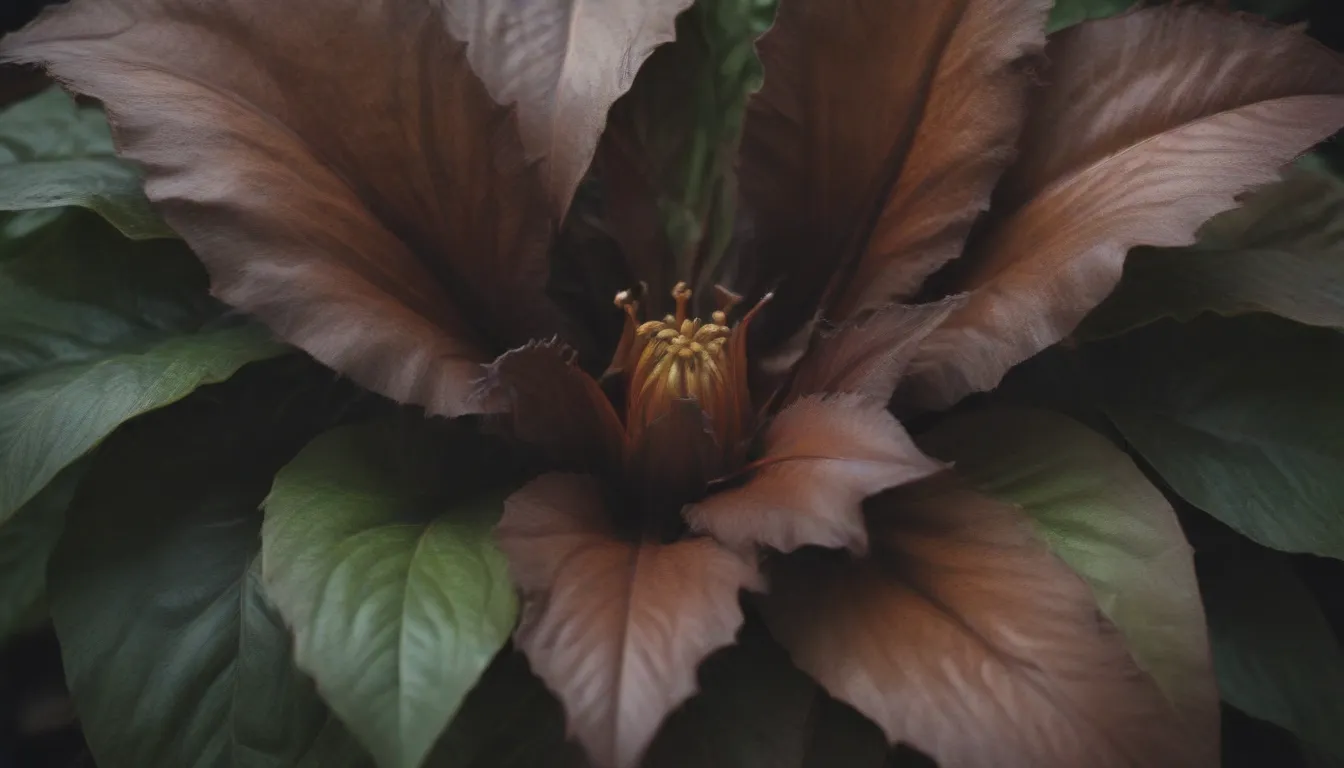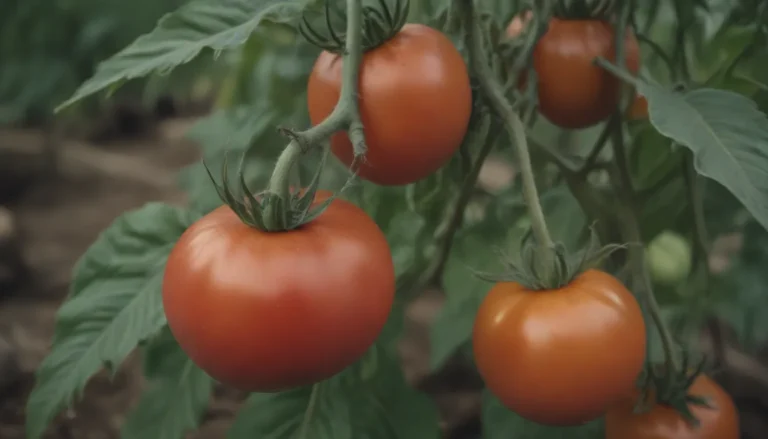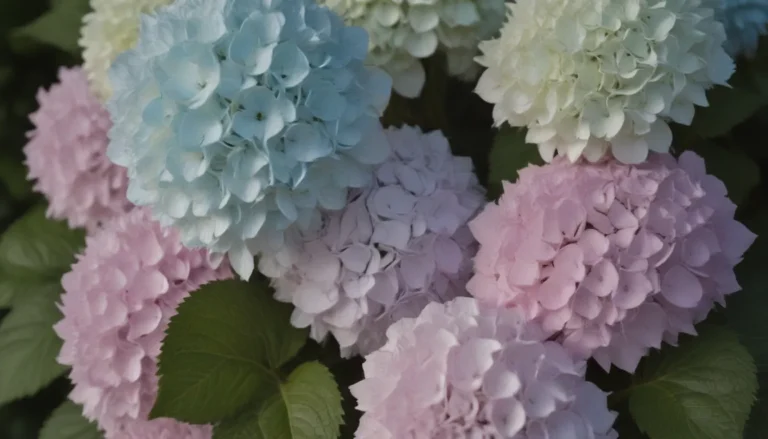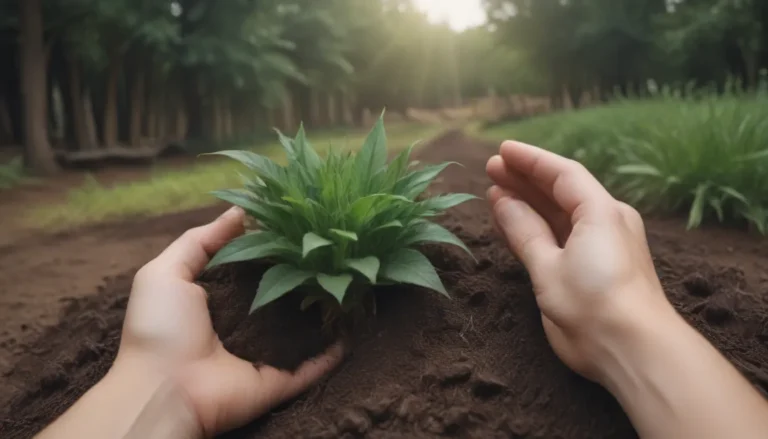Ultimate Guide to Growing and Caring for Chocolate Soldier Plant

Are you a plant lover looking to add a unique and low-maintenance succulent to your indoor garden? Look no further than the chocolate soldier plant, also known as the panda plant. This adorable succulent, scientifically known as Kalanchoe tomentosa, is a popular choice for plant enthusiasts due to its ease of care and attractive appearance. In this comprehensive guide, we will explore everything you need to know about growing and caring for the chocolate soldier plant. From light and water requirements to common problems and pests, we’ve got you covered.
Getting to Know the Chocolate Soldier Plant
Before we dive into the specifics of caring for the chocolate soldier plant, let’s familiarize ourselves with this unique succulent. Chocolate soldier plants are vertical-growing succulents in the Crassulaceae family, native to Madagascar. They are characterized by their pale-green leaves covered with grayish-white fuzz and rimmed with chocolate brown spots. These plants can grow up to 2 feet in height, but they are typically slow-growing and well-suited for indoor environments.
Chocolate Soldier Care Tips
Light
Chocolate soldier plants thrive in bright, indirect light. Avoid direct sunlight, as it can lead to leaf burn. If you notice your plant becoming leggy, move it to a brighter location to promote healthy growth.
Water
Like most succulents, chocolate soldier plants are drought-resistant. Allow the soil to dry out completely between waterings, especially during the plant’s dormant phase in late summer. Water at the base of the plant to prevent rotting.
Soil
Use a well-draining cactus or succulent soil mix for your chocolate soldier plant. Allow the soil to dry out completely between waterings to prevent overwatering and root rot.
Temperature and Humidity
Chocolate soldier plants prefer dry conditions and average household humidity levels. They are not heat-tolerant and should be protected from extreme temperatures. Bring them indoors before the first sign of frost in colder climates.
Fertilizer
While regular fertilizing is not necessary, applying a cactus or succulent fertilizer at the beginning of the growing season can encourage strong growth.
Types of Kalanchoe
The kalanchoe family, to which the chocolate soldier plant belongs, includes a wide variety of popular succulent species. Some common types of kalanchoe plants grown as houseplants include:
- Kalanchoe blossfeldiana
- Kalanchoe thyrsiflora
- Kalanchoe marmorata
Propagating and Repotting Chocolate Soldier
Chocolate soldier plants can be propagated through leaf separation or by planting offshoots. Repot your plant as needed, typically every three years. Use a pot with good drainage to prevent overwatering and consider using a terracotta pot for optimal water absorption.
Common Pests and Plant Diseases
While chocolate soldier plants are generally hardy, they may occasionally be affected by mealybugs or root rot. Treat mealybugs with rubbing alcohol and adjust your watering schedule to prevent root rot.
Troubleshooting Common Problems
- Leaves Falling Off: Adjust your watering schedule to prevent underwatering or overwatering, depending on the condition of the leaves.
- Leaves are Wrinkled: Increase watering to address dehydration in the plant.
- Leggy Growth: Move your plant to a brighter location with indirect sunlight to promote healthy growth.
In conclusion, the chocolate soldier plant is a delightful addition to any indoor garden. With proper care and attention to its unique needs, you can enjoy the beauty of this charming succulent for years to come. Remember to provide adequate light, water sparingly, and watch out for common pests and diseases. Whether you are a seasoned plant enthusiast or a beginner looking to add more greenery to your living space, the chocolate soldier plant is sure to delight with its fuzzy leaves and chocolate spots. Happy planting!





